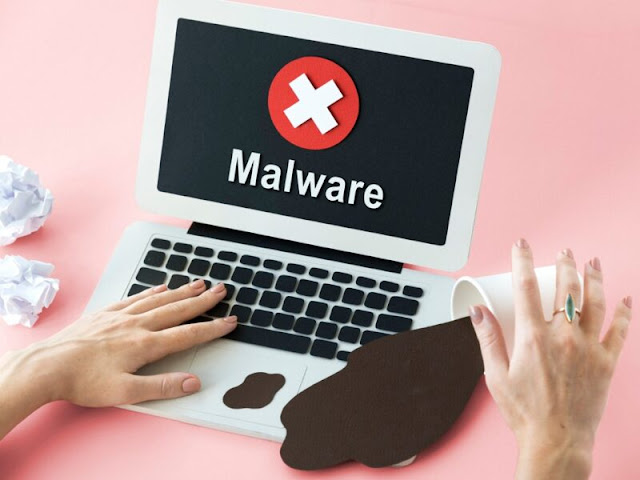Mac owners can sometimes feel invulnerable to security issues. But, just like any other operating system, Macs can fall victim to malware an...
 Mac owners can sometimes feel invulnerable to security issues. But, just like any other operating system, Macs can fall victim to malware and viruses. Read on and learn how to remove viruses and malware from your Mac and restore the digital peace of mind you deserve.
Mac owners can sometimes feel invulnerable to security issues. But, just like any other operating system, Macs can fall victim to malware and viruses. Read on and learn how to remove viruses and malware from your Mac and restore the digital peace of mind you deserve.Is your Mac at risk? Symptoms to look out for
Before acting, it is important to identify if your Mac has actually been infected by a virus. Some of the main warning signs include:
- A decrease in system speed.
- The browser starts with a new home page not configured by you.
- Random ads that redirect to phishing websites.
- Blocked access to your personal files.
- Spam messages sent from your accounts.
- The presence of unknown extensions.
How can I check if my Mac has a virus?
If you notice any of the signs above, don't panic. Here's how to check if your Mac has been infected:
- Run a scan with an antivirus.
- Review recently modified apps in “Apple Menu” > “About This Mac” > “Overview” > “Applications.”
- Check the autostart scripts by looking in the LaunchAgents and LaunchDaemons folders.
Let's get to work: how to remove viruses from your Mac
Removing malware from your Mac is crucial to preventing data theft, espionage, financial theft, and the spread of malware to other devices. Below we guide you through the steps to manually remove malware from your Mac:- Step 1. Disconnect from the Internet. To prevent malware from spreading across your network to other devices, turn off Wi-Fi, disconnect your Mac from any Internet cables, or put it in airplane mode.
- Step 2. Activate safe mode. Starting your Mac in safe mode will prevent malware from spreading from file to file or from location to location. To activate it, follow the appropriate instructions depending on the type of Mac you have (Apple silicon or Intel-based).
- Step 3. Stop malicious programs from running on your Mac. Open “Activity Monitor” in Apps and search for the malicious app. Click the [x] button to exit and stop it. Now take the malicious application to the trash and you can proceed to empty it.
- Step 4. Remove suspicious applications. Go to the “Applications” folder in Finder, and detect and delete any apps you don't recognize. Then, empty your trash to make sure the malware is completely gone.
- Step 5. Check your browser extensions. Viruses often infiltrate browser extensions, so it's a good idea to check your extensions and remove anything suspicious.
- Step 6. Perform a full scan with antivirus software. While the steps above can help you clean most malware infections, it is always advisable to run a full scan with a trusted antivirus to be completely safe.
How to keep my Mac safe after removing the virus?
To secure your Mac after removing a virus, you must update the operating system and applications. Also be sure to download software only from trusted sources, and avoid suspicious emails or links. Use strong, unique passwords, and never forget to back up data. Use a high-quality antivirus with real-time protection, and stay up to date, stay safe, and keep viruses at bay on your Mac.















COMMENTS